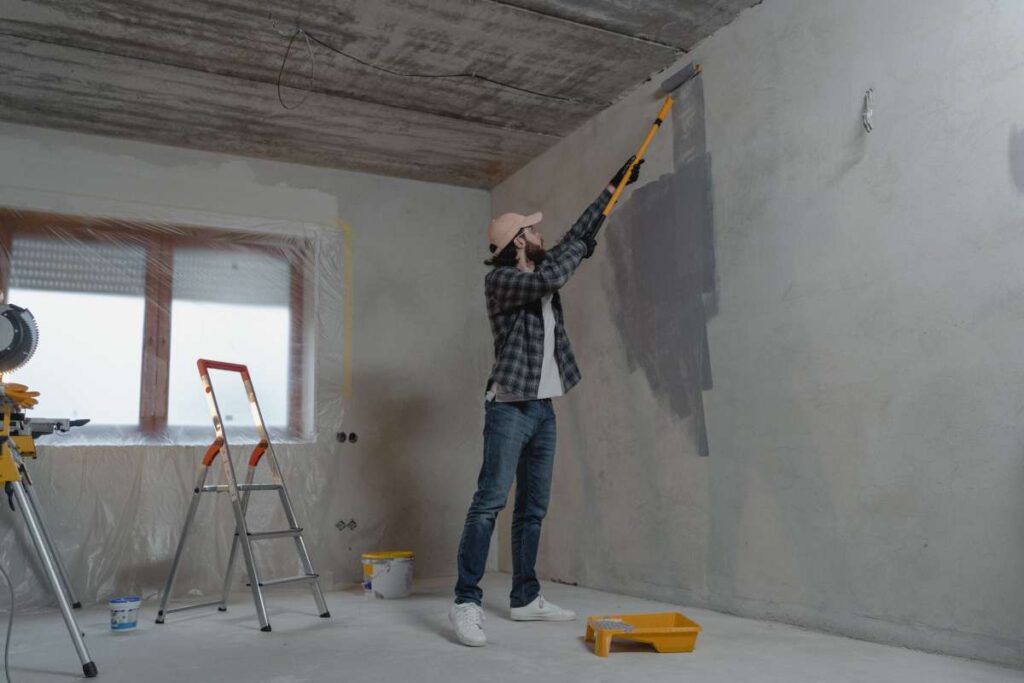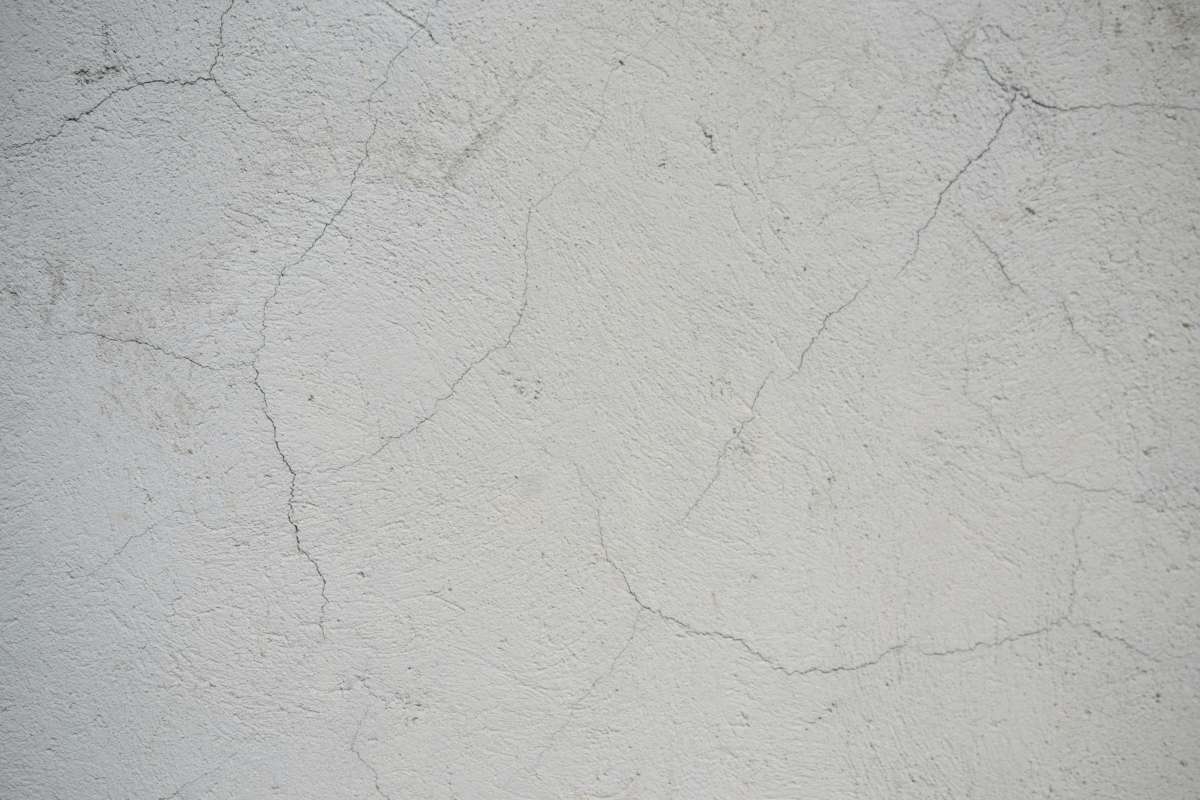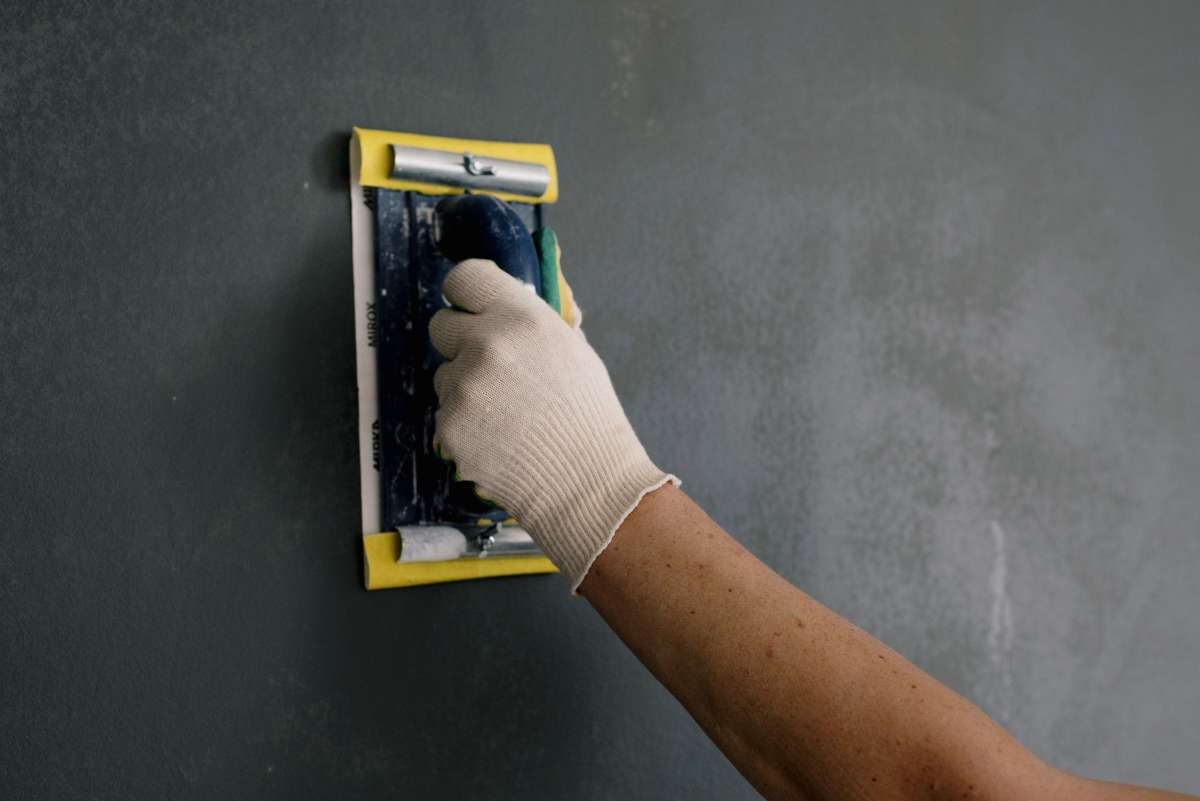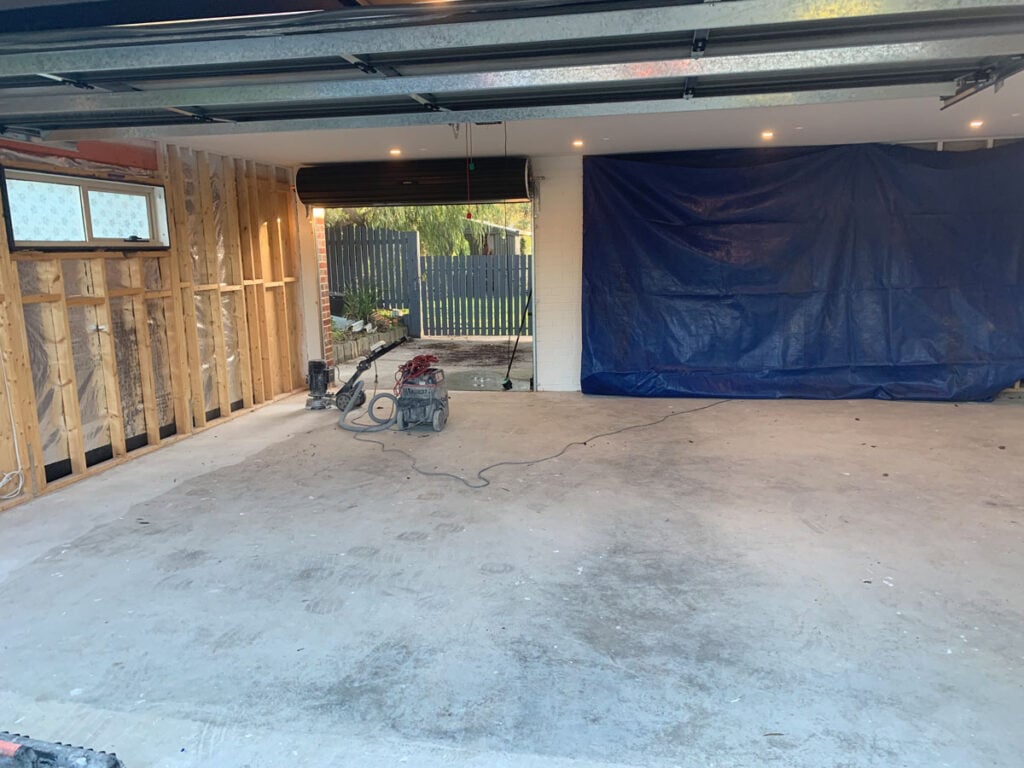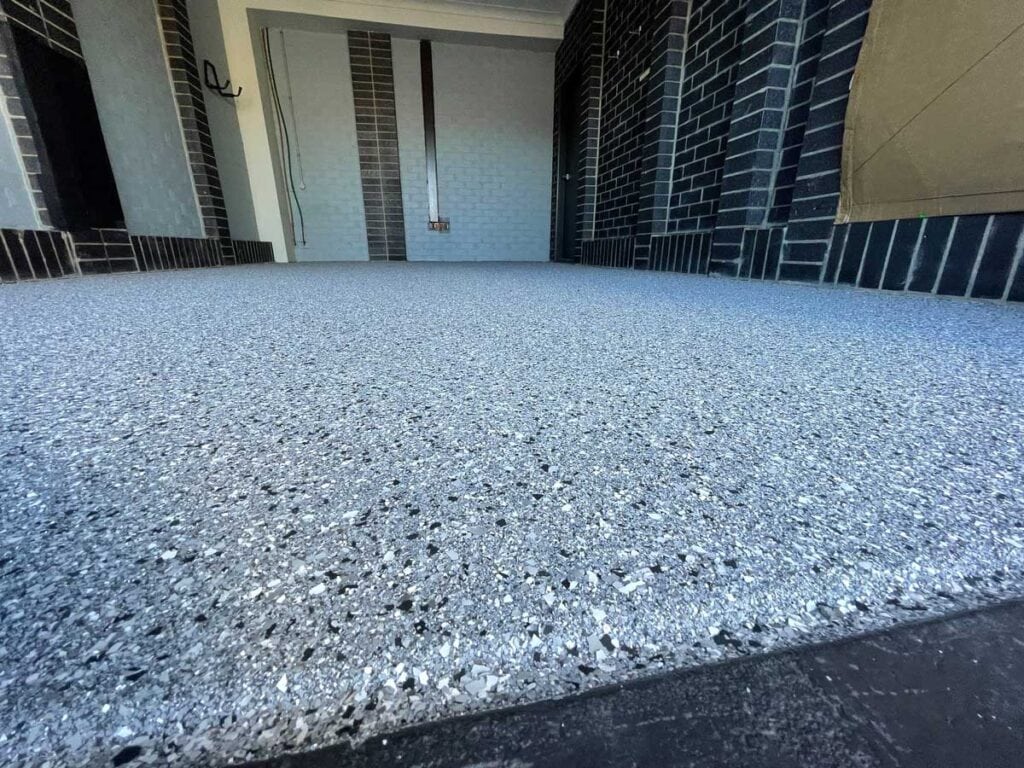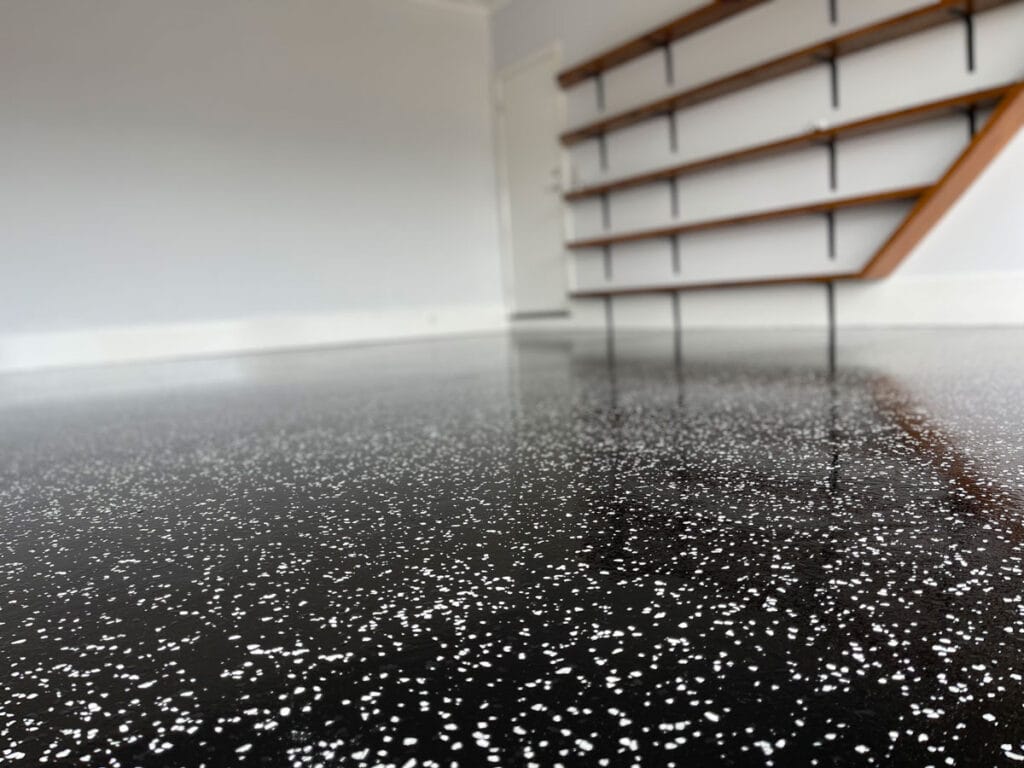Concrete is a durable and commonly used material in construction due to its strength and longevity. However, over time, concrete surfaces can develop cracks due to various factors such as temperature fluctuations, moisture, and structural stress. Cracks in concrete not only compromise its aesthetic appeal but can also lead to further damage if left untreated. Fortunately, one effective method to repair concrete cracks is by using epoxy.
Epoxy is a versatile and durable material that can effectively fill and seal cracks in concrete, restoring its integrity and preventing further deterioration. Epoxy-based concrete crack repair is widely used in both residential and commercial applications, providing a cost-effective and long-lasting solution. Whether you're a DIY enthusiast or a professional contractor, learning how to repair concrete cracks with epoxy can save you time and money by avoiding more extensive repairs in the future.
It's important to note that while epoxy is an excellent choice for repairing most types of concrete cracks, certain cracks may require specialized techniques or professional assistance. If you're dealing with extensive structural damage or cracks caused by underlying issues, it's advisable to consult with a qualified professional to ensure a proper and safe repair.
Directions for Repairing Cracks in Concrete
Understanding Epoxy Injection for Concrete Crack Repair
Concrete cracks can be a common issue in structures due to various factors such as temperature changes, moisture, and structural stress. Repairing these cracks is crucial to maintain the integrity and aesthetics of the concrete surface. One effective method for repairing concrete cracks is using epoxy.
Epoxy is a versatile and durable material that can effectively fill and seal cracks in concrete, preventing further deterioration. Whether you're a DIY enthusiast or a professional contractor, learning how to repair concrete cracks with epoxy can save you time and money by avoiding extensive repairs in the future.
Assessing the Crack
Before starting the epoxy injection repair, it's essential to assess the crack's depth and width. Tools like a portable crack scope or a plastic crack card can help determine the crack dimensions. Understanding the crack's width and length will help calculate the amount of epoxy needed for the repair. It's important to consider this aspect before beginning the repair project to avoid wasting excess epoxy.
Preparing the Concrete Crack
To prepare the concrete crack for repair, follow these steps:
- Remove any loose fragments from the crack using a chisel and hammer. Be careful not to widen or damage the surrounding concrete.
- Clean the crack thoroughly to eliminate dust, laitance, and debris. Use a wire brush or broom to scrub the crack and remove loose particles. Vacuum the crack to ensure it is clean and contamination-free.
By following these cleaning procedures, you can effectively prepare the concrete crack for the subsequent repair process.
Installing Ports
The epoxy injection process involves using ports, eliminating the need for drilling. At least two ports are required for the injection, properly spaced along the concrete crack. The recommended spacing between ports is eight inches. After installing the ports, seal the top of the crack with an epoxy paste, which serves to hold up during the pressure injection process.
You should be aware of the ambient temperature during the repair procedure because it can impair the seal and adhesion of the epoxy paste.
Mixing and Pouring the Epoxy
To prepare the epoxy mixture, pour the activator (part B) of the two-part product into the resin (part A). Thoroughly mix the base material and activator using an electric drill with a stirring paddle attachment.
Once the mixture is ready, promptly pour it into the cracked concrete. It's crucial to pour the epoxy immediately after mixing to ensure proper bonding and effectiveness of the repair. Follow the instructions provided by the specific epoxy product for accurate mixing ratios and working times.
Using Mortar Mix for Larger Imperfections
For larger imperfections in concrete, it's recommended to use a mortar mix. You can create your mix by combining one part Portland cement with three parts masonry sand, adding enough water to create a thick paste. Alternatively, repair mortar mixes can be purchased from local stores or online.
Tips for Epoxy Crack Repair Works
Throughout the procedure, you may encounter certain concerns requiring your attention to ensure a tidy concrete injection repair process. Here are some of the frequently encountered issues:
- Starting with a low injection pressure setting, adjust the pressure as necessary.
- Greater epoxy injection pressure is needed for larger cracks.
- When using concrete, epoxy, or abrasive cleaning techniques, you must ensure that you take adequate safety precautions. Using epoxy concrete fillers frequently involves handling dangerous chemicals. Putting on the required safety equipment, such as a face mask, goggles, and gloves, is essential. Try to work in a well-ventilated space, and wear long sleeves and pants.
- Wait a short while to ensure that the epoxy fills the concrete crack when filling large cracks.
- Remove any epoxy from your workspace and your tools after you're done. Acetone or a cleaner designed specifically for cleanup, like MEK, are acceptable options. Try washing the mess with water and dishwashing soap. Concentrated soap or liquid detergent is much safer, cheaper, and less damaging to your skin than other solvents.
- Make use of a chisel or scraper to remove the top seal. The epoxy paste can also be removed with a heat gun.
- Before repairing the concrete crack, you must decide if filling it is the best course of action. We advise using a sounding hammer to locate the concrete that needs to be repaired.
- Apply heat. The time it takes for your epoxy to cure will depend on the temperature. For every 18-degree Fahrenheit change in temperature, the reaction rate fluctuates at intervals of about two. But don't worry; you can always add a heat source, like a heat lamp, to shorten the curing time.
- You could also pre-heat the epoxy before using it, in addition to baseboard heaters, warming blankets, heat guns, and warming blankets. Use a heating device, but don't let the temperature rise above 300 degrees Fahrenheit. Epoxy produces heat while curing, which causes thicker areas to cure more quickly. We advise cooling down each part before use to increase the lifespan of your epoxy, which summer temperatures can shorten.
- Be cautious of epoxy backflow because it may occur if debris obstructs the epoxy's flow or if the crack is not continuous.
- Use a crayon to seal the small leaky area if the top seal leaks. This is only advised when there is a minor leak.
- Keep the ports open for at least 48 hours to ensure the concrete crack is sealed.
- The injection method might only work if the crack is narrow enough. Make sure the crack is manageable and can be fixed with the crack kit before moving forwards.
- Apply a bead of caulk to the side of a narrow concrete crack at least 1/8" away from its edge. This reduces waste by creating a space where the epoxy can be placed.
Cold Weather Conditions
It could be better when frozen water collects in concrete cracks. Additionally, epoxy will take much longer to cure in colder temperatures, necessitating slower injection rates and a longer cure time for the seal. When working in chilly weather, make sure a coating has the right dew point because if any invisible dew gets trapped underneath the epoxy, it can cause serious harm.
The epoxy will stop curing between 40 and 35 degrees Fahrenheit and won't begin to cure again until the temperature rises. As a result, you are relieved of applying epoxy before the nighttime temperature drop. You will need to apply a heat source if you do. However, you need the curing process to continue.
Concrete crack repair epoxy is an excellent material for repairing any issues with concrete surfaces. It will produce long-lasting results and is comparatively simple to use. Every aspect of concrete crack repair epoxy and its application should have been covered in our guide. Good fortune!
Conclusion
Cracks in concrete can be properly filled and sealed using epoxy, restoring the concrete's structural integrity and protecting it from further deterioration. As a practical and long-lasting option, it finds widespread use in both domestic and industrial settings. Before applying epoxy to repair a fracture in concrete, it is necessary to measure the crack's depth and width and to clean the crack thoroughly. In order to measure a crack, you can use a portable crack scope or a plastic crack card. Remove any debris from the fracture using a chisel and hammer, then sweep or use a wire brush to clean it.
Put in two ports and use epoxy cement to seal the crack at the top. Use an electric drill and mortar mix to make an epoxy mixture, and then pour it into the wider cracks. For correct mixing ratios and working hours, refer to the specific epoxy product's instructions. The most crucial information in this manual is the advice on how to use epoxy concrete fillers safely. Starting with a low injection pressure setting, adjusting as needed, using adequate safety equipment, working in a well-ventilated area, wearing long sleeves and pants, cleaning the workspace and tools of any epoxy, removing the top seal with a chisel or scraper, applying heat, cooling down each part before use, being cautious of epoxy backflow, sealing the small leaky area with a crayon if the top seal leaks, and keeping the ports open are all good practises. To avoid having any undetectable dew become trapped under the epoxy, it is important to use a coating with the appropriate dew point when operating in cooler conditions. Epoxy for concrete cracks is an easy-to-use and effective substance for fixing damaged concrete surfaces.
Content Summary
- Concrete cracks can develop over time due to various factors like temperature fluctuations, moisture, and structural stress.
- Repairing concrete cracks is essential to maintain the integrity and aesthetics of the surface.
- Epoxy is a versatile and durable material that effectively fills and seals concrete cracks, preventing further damage.
- Epoxy-based concrete crack repair is widely used in residential and commercial applications.
- Learning how to repair concrete cracks with epoxy can save time and money in the long run.
- Some cracks may require specialised techniques or professional assistance.
- Assessing the depth and width of the crack is crucial before starting the repair process.
- Tools like a portable crack scope or plastic crack card can help determine crack dimensions.
- Preparing the crack involves removing loose fragments and thoroughly cleaning it to ensure proper adhesion.
- Ports are installed to facilitate the epoxy injection process, eliminating the need for drilling.
- The ambient temperature should be considered during the repair to ensure a good seal and adhesion.
- The epoxy mixture should be prepared by thoroughly mixing the base material and activator.
- Pouring the epoxy immediately after mixing ensures proper bonding and effectiveness of the repair.
- A mortar mix is recommended for larger imperfections in the concrete.
- Safety precautions, such as wearing protective equipment, should be taken when handling epoxy.
- Waiting for the epoxy to fill large cracks before removing any excess is important.
- Cleaning up epoxy can be done using acetone, MEK, or soapy water.
- Removing the top seal can be done with a chisel, scraper, or heat gun.
- Using a sounding hammer helps locate the concrete that needs repair.
- Heat can be applied to speed up the curing time of epoxy.
- Pre-heating the epoxy and using heating devices can also help with curing.
- Epoxy backflow can occur due to debris or interruptions in the crack.
- Using a crayon to seal minor leaks is an option.
- Keeping the ports open for at least 48 hours ensures the crack is properly sealed.
- The injection method works best for narrow cracks that can be managed with the crack kit.
- Applying caulk to create a space for epoxy placement reduces waste.
- Cold weather conditions can affect the curing time of epoxy and require slower injection rates.
- Applying a heat source may be necessary for colder temperatures to continue the curing process.
- Concrete crack repair epoxy provides long-lasting results and is relatively easy to use.
- Understanding the entire process of concrete crack repair epoxy ensures successful application.
Frequently Asked Questions
Wide cracks in concrete are best patched and sealed with a concrete patching compound. Smaller cracks, less than 1/4 inch wide, can be repaired with a concrete caulk or liquid filler. Patching compounds are typically mixed with water and applied with a trowel.
Rout and Seal/Fill. This is the most common procedure to repair isolated, fine, and large cracks (photo 3). It is a nonstructural repair that involves enlarging the crack (routing) and filling it with a suitable sealant or filler.
Epoxy is excellent for almost any outdoor application. These exterior finishes are available in a wide range of colour, design, and texture choices while offering long-lasting and brilliant colour and appeal. It is suitable for your pool deck and patio and your front steps, walkway, and driveway.
Standard concrete is typically 4,000-5,000 psi. Whereas epoxy systems from Simon Surfaces typically reach or above 10,000 psi. It can be two-to-three times stronger than concrete.
Epoxy is a permanent adhesive. When properly chosen for your application and substrates and properly cured, it will form a strong, permanent bond. Sometimes, you may need to recover bonded parts or clean parts to remove excess cured epoxy.
